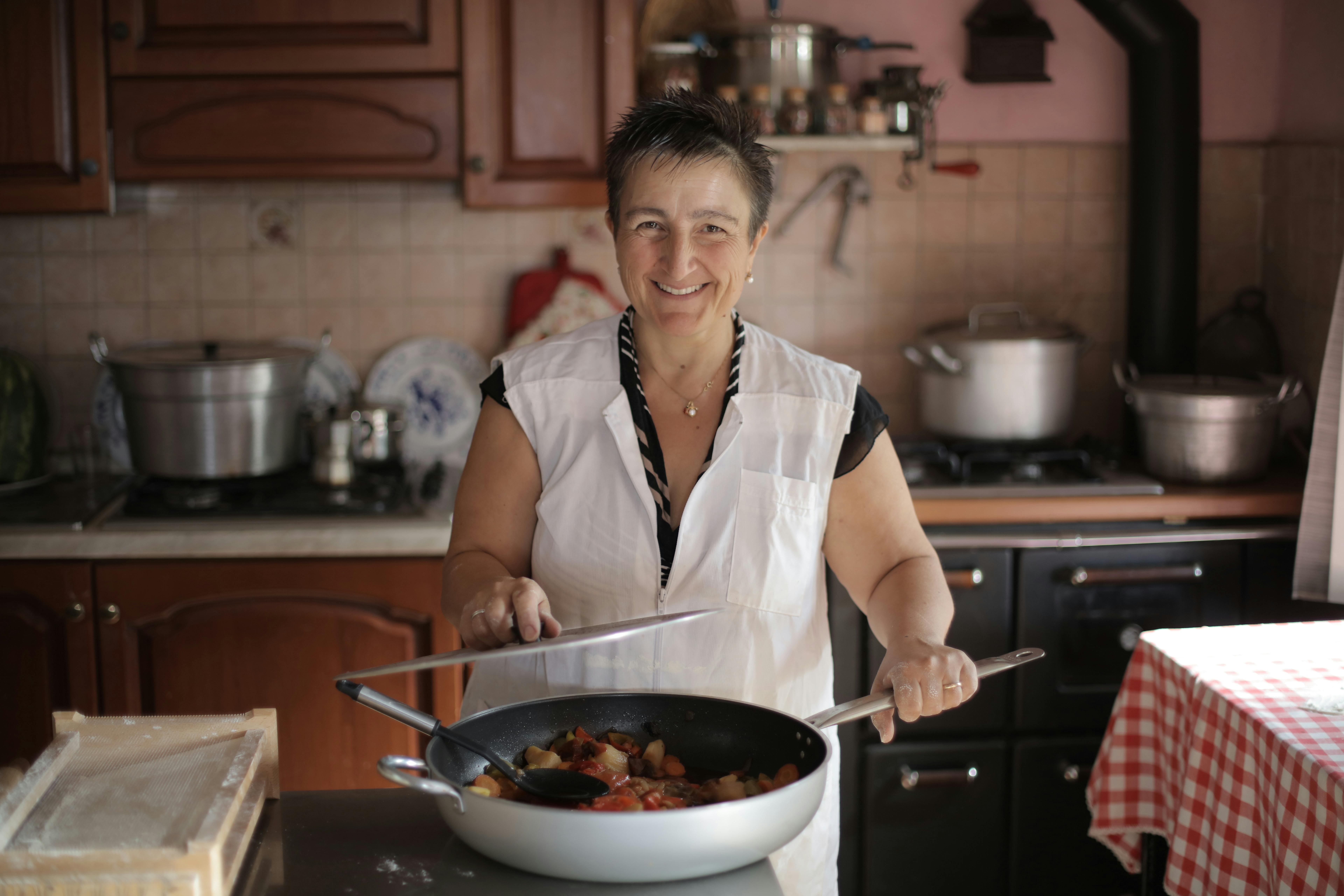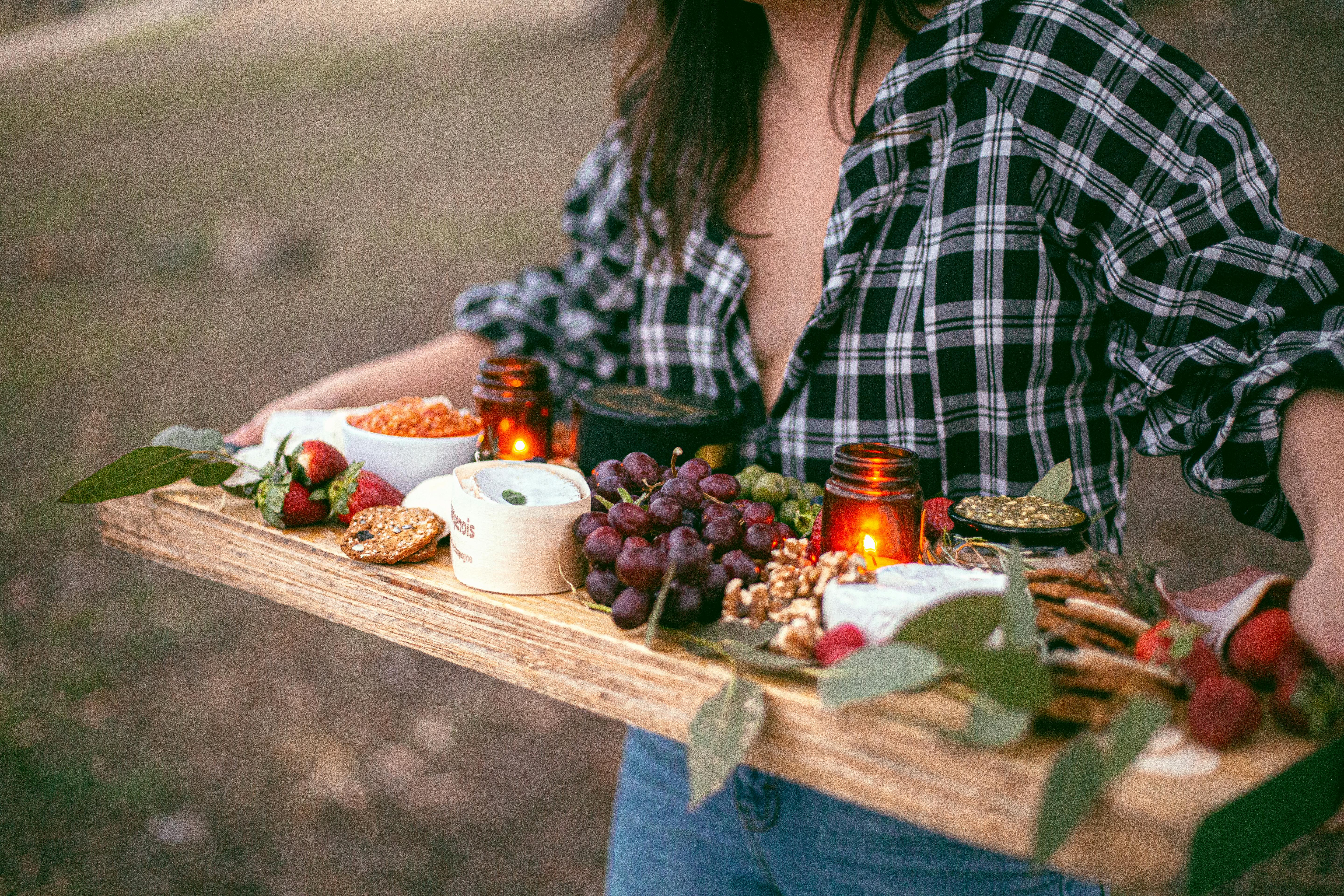What is the best way to build a low-cost house that does not harm the planet? Most materials, such as concrete and steel, are highly processed and transported long distances, making them inaccessible to millions of people in need of housing. These high-tech materials also cause great harm to the environment. The answer is to use locally available, low-impact natural building materials such as earth, stone, straw, and small-diameter lumber. This article explores various methods of using sustainably harvested land and wood to reduce housing costs at rock-bottom prices. And because the techniques are easy to use, they’re ideal for DIYers.
Earthbag Construction: Like other methods of earthbag construction, earthbag construction is easy to learn and extremely low cost. It has evolved from the military use of building durable, blast and bullet resistant structures with sandbags for 100 years. Builders today use the same basic process of filling and stacking bags to build beautiful homes, offices, stores, schools, and orphanages. Earthbag buildings are resistant to mold, fire, hurricanes, tornadoes, earthquakes, floods, insects and rodents.
Since the main building material is earth, which is often free or very low cost if given, structures can be built literally very cheaply. No expensive equipment needed. Most people already have basic tools in their home: shovels, buckets, garden hoses, and ladders. The construction process is so simple that unskilled workers can learn every step of the construction just by watching for a minute. Earthbag construction is extremely adaptable and can be used to build almost any shape imaginable, including domes, vaults, round houses, or more typical square or rectangular designs.
Small diameter lumber: US forests are currently overcrowded and prone to wildfires. Millions of acres are destroyed each year by fire and disease. Harvesting small trees from the forest sustainably actually improves the health of the forest and reduces forest fires. With an inexpensive firewood permit (about $20), anyone can get wood to build their home. Most of this wood usually goes up the chimney to heat homes, but it is much more valuable when turned into long-lasting and useful products. All the lumber for a house can be obtained this way at a much lower cost than buying dimension lumber at a building supply center.
One option is to peel the bark and use it in the round for post frames. Round lumber is much stronger than sawn lumber and requires less processing. With a portable sawmill or chainsaw attachment, DIYers can also saw their own lumber for beams, joists, studs, trusses, purlins, door and window frames, trim, cabinets, and furniture. Where I live, builders are removing standing dead trees (healthy lumber) from the forest to avoid the time and effort of drying the lumber. Additionally, the use of sustainably harvested wood as described here is more aesthetically pleasing than conventional stud walls covered with plasterboard. The beauty of the wood is exposed, honoring the tree from which it comes.
Rammed Earth Floors – Traditional poured earth floors can last for many centuries, saving a small fortune on hardwood floor framing and replacing carpet and linoleum every 15 years. The dirt floors look like leather when finished and are extremely beautiful. (They are used in custom and fashion houses). However, poured dirt floors take a long time to dry, making them impractical in all but hot, dry climates.
Rammed earth floors use less water and dry much faster. These floors can usually be walked on a day or two after installation. The construction process involves straining road base or other suitable soil through a 3/8″ screen. This mix is spread in 2″ layers and leveled. The process is repeated until the desired height is reached. The topping material is again sifted through a 1/8″ screen. The topping mix is hand smoothed and polished, using just enough water to bond well. After the floor has dried completely, seal with several coats of linseed oil diluted with turpentine.
Ground plaster: The most beautiful wall finish I have ever seen is ground plaster. If you have never seen earthen plaster before, you may think of dingy brown walls. Do an Internet search for “ground plaster” and you’ll see amazing results. Because there are many types of clay, there is no limit to the range of colors, textures, and special effects. A popular method uses mica in the plaster to create sparkling, shiny walls.
Ground plaster is probably the easiest wall finish to use. In many cultures, women, children, and the elderly have done plaster work for centuries using only their bare hands and basic tools. The key to durable earthen plaster is wide roof overhangs of about 36 inches. Keep rain and snow off your walls and it will last a long time, requiring only minor touch-ups.
These are just a few ideas to get you started thinking about using natural building materials. Thanks to the Internet, it is now very easy to learn about these and other low-cost construction methods. Additional articles on the above topics are freely available on the author’s websites.






Recent Comments